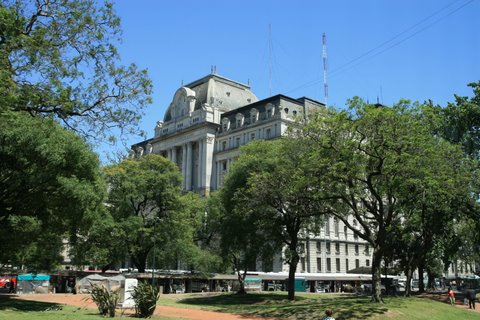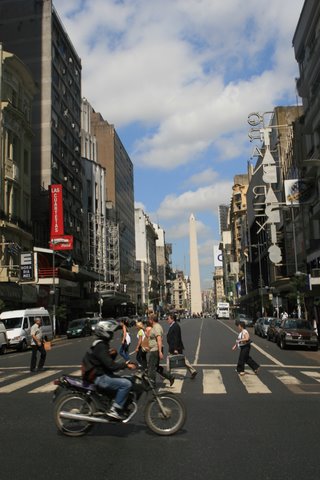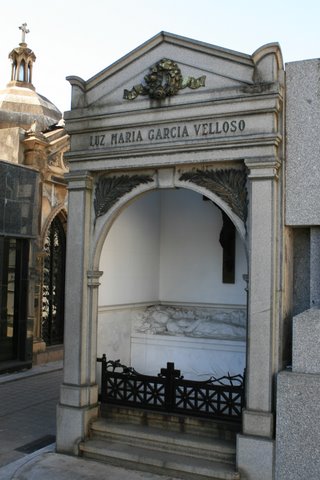I was travelling a local highway a few years ago when my friend pointed out the license plate on the rear of the car ahead of us. It read, somewhat cryptically to me at first, XLDBLDBL.
Then I looked again and realized this automobile owner had created a move-able billboard, and perhaps loving tribute, to the most popular and recognizable coffee brand in Canada- Tim Hortons.
The “Canadian” coffee giant is owned by American corporation Burger King and has had a presence in the U.S.A. since 2012. It made the move of super-sizing its retail coffee format over half a decade ago. The small was now called an extra-small, and was the same price as the old small. The old medium was now a small, the large was a medium and so on. You paid the same price for the same amount of Joe, you just call it by a different name. And for 20 cents or so extra, that XL double-double now got you 24 oz of coffee. That’s 3 full cups of strong coffee y’all.
Now, I love coffee as much as the next person.
Maybe more. I enjoy sampling the near infinite combinations of blends and roasts from the various growing regions of the world, much like wine. But, as with alcohol, I have found that moderation in my coffee intake is key to my mental, emotional—even physical—health.
Is anyone reading this old enough to remember when a cup of coffee used to literally be a cup of coffee: around 8 ounces (the amount in the Tim Horton’s extra-small)? But as our conception of “large” becomes ever larger, it’s like food where like so many things, excess becomes easier.

This trend is actually an American-style sizing format that’s been in place south of the border for years. Remember when Starbucks came north? Remember when you thought the Venti was an outrageous amount of coffee? That’s 20 oz., just so we’re clear. What will come to us next? The $3.99 All-You-Can-Eat Breakfast Buffet? Just how many sausages can you eat in an hour? How many do you want to eat? And for the record, Starbucks has the 31oz. size for its iced drinks called the Trenta.
That’s a lot of beverage. Trenta, in Italian, means 30.
Excess coffee consumption, according to Health Canada, can have results from irritability and sleep disturbances to muscle tremors, nausea and mood swings, according to this CBC News article from February 2010. In more extreme cases: irregular heartbeat, vomiting, diarrhea—even convulsions.
There’s positives though.
Coffee’s high antioxidant content may also be responsible for a host of health benefits: decreased susceptibility to some cancers and type-2 diabetes, and increased cardiovascular health and memory function in older adults. But Health Canada also suggests that 400mg of caffeine should be the maximum daily adult dose—the amount contained in about 3 cups, or 24oz, of coffee.
Frankly, I think there is enough rage, anxiety and insomnia in our culture without people regularly downing two or three 24oz javas every day. It’s not that everyone is going to do that. It wouldn’t even be bad for everyone. Just for most of us. So I believe a note of caution is in order: as with anything, think before you drink. – For the Silo, Alan Gibson.









